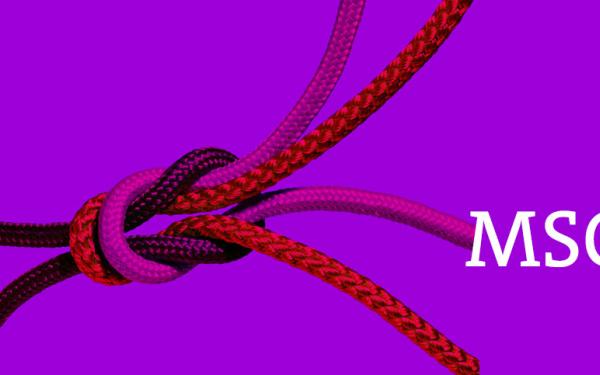
GettyImages-1084541968
Exploring science communication: The KSCN
What we feel when we see: Artists, designers and researchers explore the emotional impact of visual representations in the new Kiel Science Communication Network.
How can communication with heterogeneous target groups be accomplished successfully? How can research processes be made more clearly comprehensible and the inner workings of the institutions involved be made transparent? And what is needed to strengthen public trust in the role of science?
Four newly founded interdisciplinary research centers in Kiel, Tübingen, Bonn/Dortmund and Munich are being supported as part of the "Science Communication Cubed" funding initiative, which aims to establish long-term experimental spaces for research on science communication. In each of the four centers, practitioners of science communication work side by side with researchers drawn from across the disciplines and communication sciences, each with a different focus.
The Kiel Science Communication Network (KSCN)
"We know far too little about the people looking at our visualizations," Tom Duscher notes. "It's not enough to design something, present it and then afterwards to ask what effect it had," he says. Instead, the communication designer already wants to find out during the design process "what's actually being perceived."
The researchers in the Kiel Science Communication Network are focusing in particular on the emotional impact of visual representations – at the center of their work is the novel research area of "Evolving Health". They want to measure and analyze the reaction of recipients on different levels. "Science communication should be perceived as dialogic and participatory," says Ilka Parchmann, a chemistry didactician involved in the project. "We need to be clear about how to achieve that with our designs."
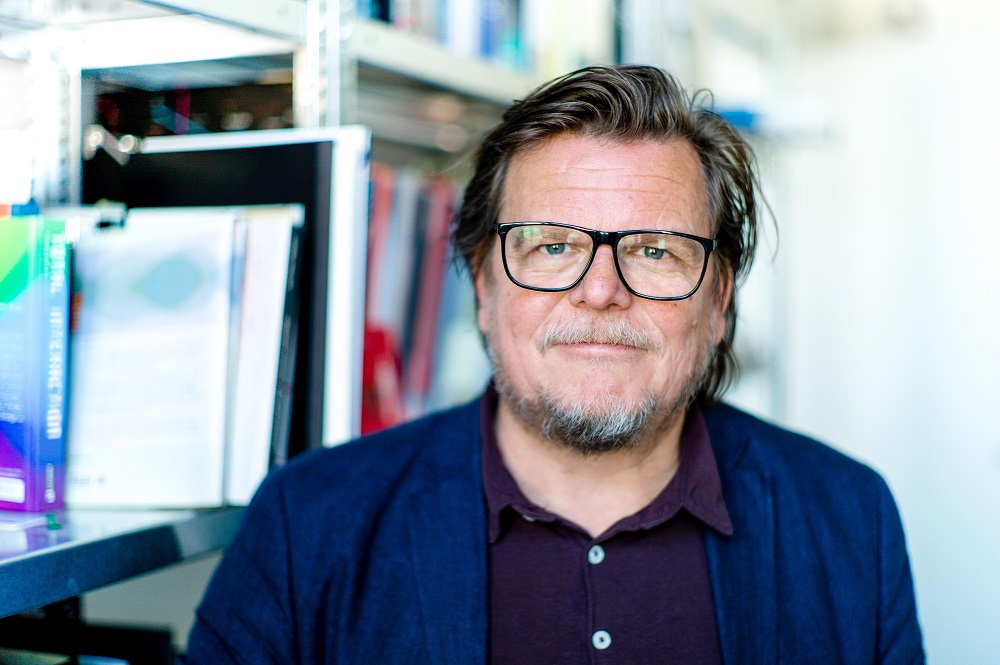
Prof. Tom Duscher entwickelt an der Muthesius Kunsthochschule in Kiel neue Formate der Wissenschaftskommunikation und ist fasziniert von der Idee, visuelle Codesign-Prozesse voran zu treiben.
Effect of image and process
Didacticians bring valuable knowledge about learning, convictions and trust from empirical educational research. In the KSCN, they work closely together with scientists and designers to evaluate the emotional impact of visual media – already in the development stage. The results will be incorporated into the design in iterative steps of evaluation and optimization. And the researchers are not content with simply examining the product. They want to analyze in detail the interaction of the participants in the process of collaborative design. "I'm curious about the negotiation processes that subsequently unfold between science and science communication," says Parchmann.
Tom Duscher has experienced and described in his previous research just how sustainable interdisciplinary approaches and the linking of different actors, contents and contexts can be. "They enable mutual learning and often form the basis for long-term capacity building among those involved: excellent communication is now highly valued by early career researchers, and they appreciate the creative processes of artists and designers," he explains. "And designers are excited by the researchers’ attention to detail and deep knowledge; they see collaboration as a substantial contribution to a better understanding of this world." Duscher would therefore like to see "KSCN develop more sustainable models for collaboration between scientists and designers on a structural level." He believes a logical step in the right direction is the planned establishment of a joint master's program for scientists and designers. Students could learn to develop, design and test visual media for science communication in close exchange with each other. "And already, thanks to the funding, we have been able to fill a position for a doctoral student in design," he says happily. "The doctoral student can diffuse her expertise into the research of the disciplines, and she is in dialog with emotion researchers."
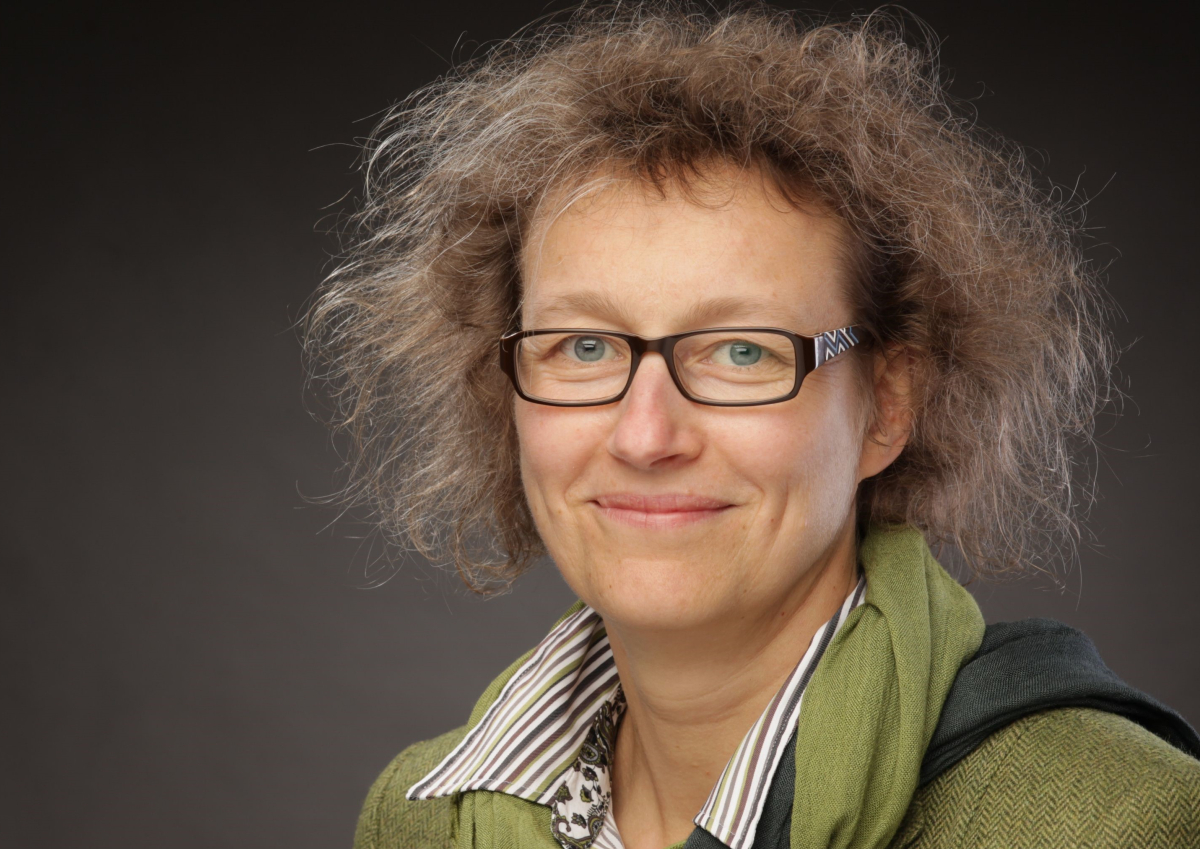
Prof. Ilka Parchmann develops, researches and teaches various concepts at the interfaces of education and science communication as a chemistry didactician at the Leibniz Institute for Science and Mathematics Education.
Participatory design
"At KSCN, we also consider the addressees of our media from the very beginning and along the entire process," adds Ilka Parchmann. Engaging recipients and enabling collaborations across spatial and disciplinary boundaries – that's to be another of KSCN's inventions. "I'm not sure yet if platform is the right word for what we have in mind," says Tom Duscher: "A media format that reflects the participatory and interactive design process of visual representations online." In collaboration with the science magazine 'Spektrum der Wissenschaft', a prototype is to be created that could be based on a wiki, for example. The goal: All interested parties can participate in a joint design process, passively Media consumers become active participants.
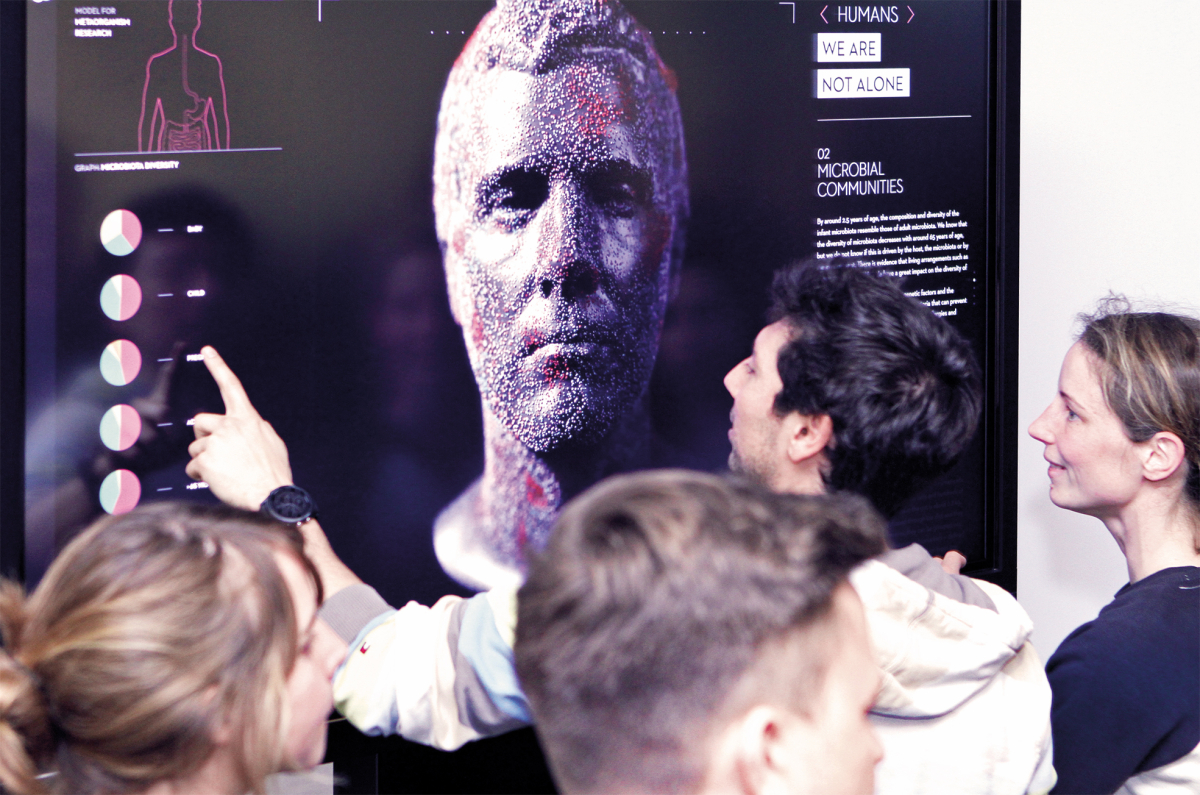
In Kooperation mit der Christian-Albrechts-Universität Kiel wurde mit „Digital Meta“ ein multimediales Exponat geschaffen.
Engage recipients and enable collaborations across spatial and disciplinary boundaries
Media consumers become active participants. "Perhaps we will need a kind of visual moderation by a picture editor who translates suggestions from contributors into design proposals," muses Tom Duscher, already thinking ahead: "It's an exciting question whether artificial intelligence could take over this role in the future. For the time being, however, we are relying on artistic intelligence."
Research in the small city
In terms of content, the 'Evolving Health' research field offers plenty of material for visual communication. It is a Kiel novelty, as biologist Hinrich Schulenburg explains. "Medical and biological research at Christian Albrechts University has a strong focus on the co-evolution of humans and the microbiome" – the myriad of microorganisms that make up an important part of our bodies. Viewing humans as 'meta-organisms' consisting of bacteria, fungi, and also viruses, in addition to flesh and blood, requires science communication to address the widespread perceptions, fears, and uncertainties held by many people. At the same time, the term 'Evolving Health' reflects the evolution of medical research that views health issues from increasingly complex, interconnected, systemic perspectives. "And there's a lot of potential in the term 'evolving' for our network as well," Parchmann points out. "With new, evolving topics, we can take communication into account from the outset."
"It is the open-minded attitude to evolutionary and microbiome research in Kiel that makes our new form of intensive engagement with science communication possible," emphasizes Tom Duscher. The KSCN fits into the Kiel research landscape, where there have always been unusual associations, as Duscher recounts. This is due to the location advantage of the small city: "Interested and committed people simply find each other more easily here." The KSCN wants to build on this advantage: The heart of the network will be spatially anchored in the Seeburg. The participants want to transform the building on the Kiel Fjord, which was originally erected as a "recreation home for students and professors," into a place for science communication designed entirely as a space for encounters.
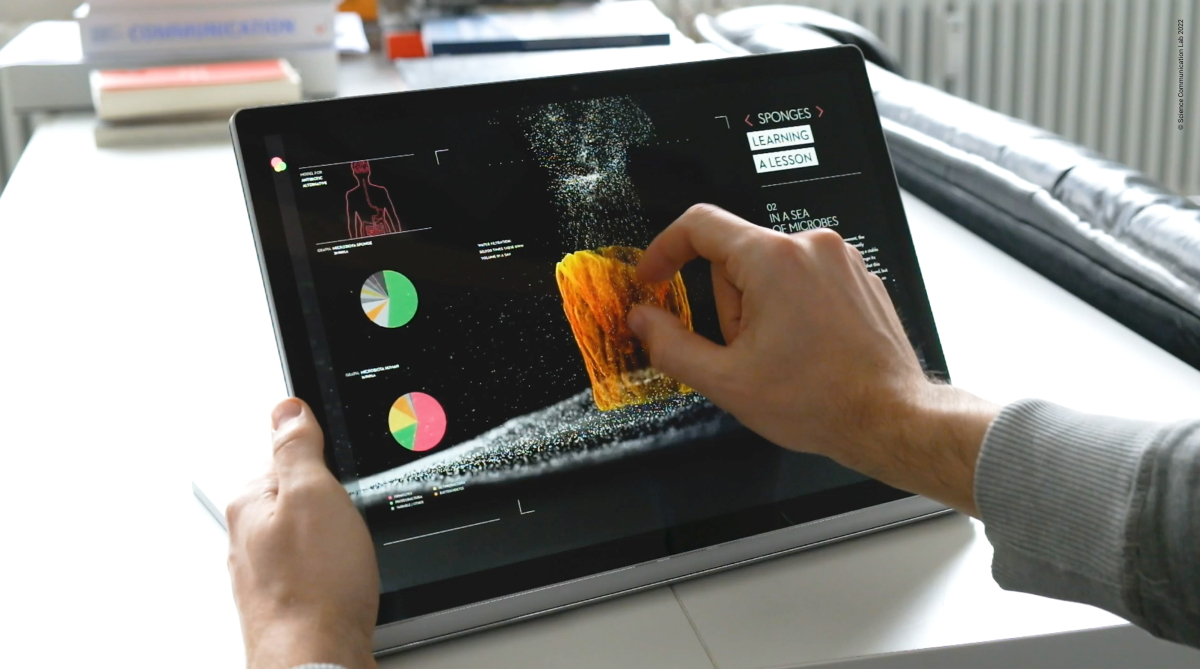
The "Digital Meta" project invites people to participate and try things out.
Knowledge transfer as an experience
'Viewer experience' is a key concept here. People should experience their visit as attractive and feel included; at the same time, it is important to convey information. "Whether or not this succeeds does not lie solely in the visual design of a place or a medium," says Tom Duscher. It is also determined by how a person experiences the flow of an encounter, how much they enjoy it, whether they find it stimulating or inspiring. "In design, there are established structures to develop and evaluate user experience. We want to test to what extent they are transferable to the viewer experience in science communication."
In communication, the awareness of being directly affected evokes different emotions than when the same issues are addressed from a purely societal perspective.
The topics from the Evolving Health research field offer a special feature here, explains Ilka Parchmann: "Health topics are often presented with direct reference to one's own body and personal well-being." Being directly affected evokes different emotions in communication than when the same topics are addressed from a societal perspective. "Intriguing questions arise here for science communication," says Parchmann. "What impact does a narrative based on the individual person achieve as opposed to a societal perspective? And how involved should participants in the communication be as individuals?"
The didactician sees a further challenge for visual communication in the lack of images or the one-sided selection of images in some scientific fields: "Certain facets of research do not even appear in media representations because they are not tangible enough," she explains. "This lack of diverse representation can cause a narrow perception of processes in research." For example, the false impression could arise that research in the life or natural sciences is characterized solely by technology and equipment.
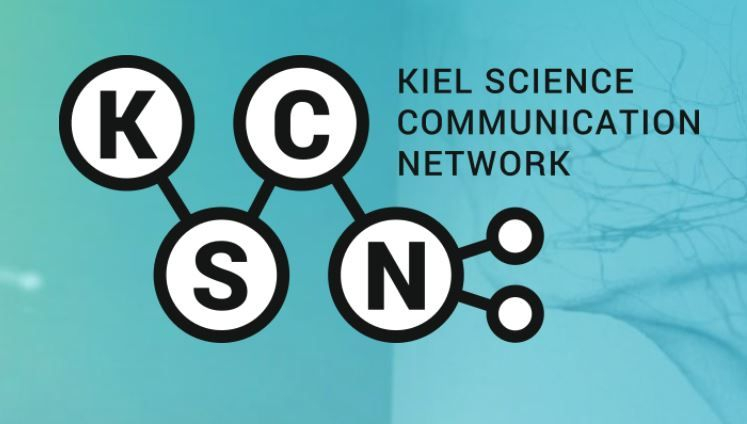
A key overarching concern is to strengthen trust in the role of science.
For this reason, she believes it is important to include low-image areas of scientific work in the KSCN's research. Tom Duscher expects that findings from the Kiel network will be transferable in many respects to more image-poor research disciplines and more abstract topics and perspectives. "A key overarching concern is to increase trust in the role of science," he says. KSCN will explore many questions on this topic: What formats and channels are appropriate for reaching out and establishing contact to people who are distant from science? How can visual media help make scientific processes understandable? And can this understanding be a basis for people to take on social responsibility? "With our findings on emotional impact, we want to contribute to a more reflective use of visualizations in science communication on the part of all disciplines," Duscher summarizes his vision.

